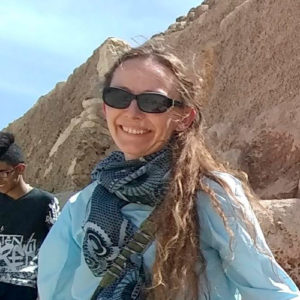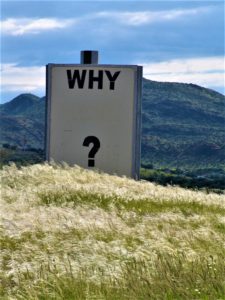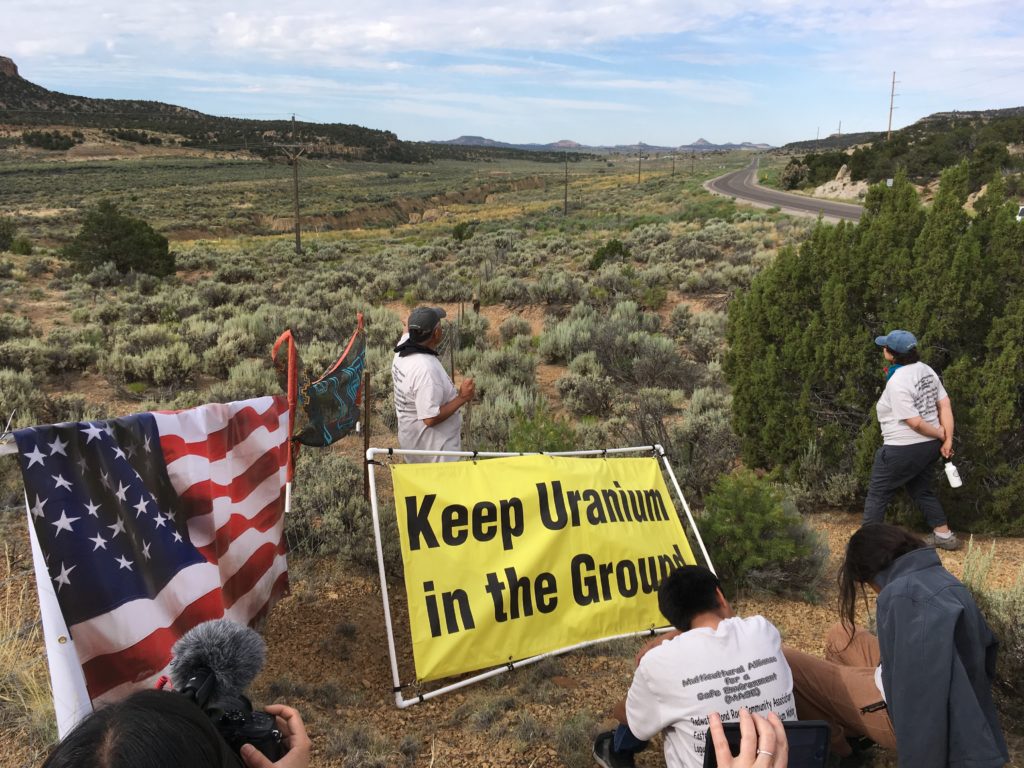
Recently, House Bill 96 sailed through the Idaho House committee on Environment, Energy & Technology, and passage in the full House quickly followed. The Snake River Alliance testified before the Senate Committee on State Affairs and secured one vote, but it was ultimately recommended to the full Senate.
The bill opens the door for false climate solutions like nuclear power, hydrogen (from fossil fuels), and energy storage systems. Funding previously available for renewable energy projects could now be available for boondoggles like nuclear power, and Idahoans will be stuck with more radioactive waste.

House Bill 96 Summary states:
This bill amends the Idaho Energy Resources Authority (IERA) Act by removing definitions of “renewable energy” and “renewable energy generation projects,” replacing those terms with definitions of “clean energy” and “clean energy generation projects.”
The new definition of clean energy carries over the old renewable energy definition that included water/hydro, geothermal, wind, solar and biogas, while adding nuclear, hydrogen, energy/battery storage, and other non-carbon emitting resources.
The costs of nuclear energy consistently trend up. The nuclear industry will look to taxpayers when investors, utilities, ratepayers, and bankers don’t buy in. NuScale and UAMPs recently announced a 53% cost increase, from $58 per megawatt-hour (MWh) in 2021 to $89/MWh for its small modular nuclear reactor (SMR) units. HB 96 could be a convenient avenue for expanding funding streams through greenwashing. Incidentally, Idaho Power knows we don’t need expensive nuclear energy to reach carbon-free by 2045 and has not included nuclear in its plan.
Nuclear energy is not clean. Radioactive waste is our most dangerous waste and the United States has no permanent repository or solution. Uranium mining, milling, enrichment, reprocessing; power plant construction; transportation; plant operations; and waste disposal are hazardous, expensive, and heavily reliant on fossil fuels. A Stanford team determined that “advanced” nuclear will worsen our current radioactive waste problem. They state, “SMR waste streams that are susceptible to exothermic chemical reactions or nuclear criticality when in contact with water or other repository materials are unsuitable for direct geologic disposal.”
Idaho already has a nuclear waste problem that Idaho National Laboratory (INL) has been cleaning for decades. INL sits above our sole-source aquifer – the Snake River Aquifer – which supports over 300,000 people and Idaho’s most prosperous agricultural region. The aquifer also holds significant cultural value to the Shoshone-Bannock people who have lived in the area for time immemorial. INL generated radioactive waste and received it from places like the Three-Mile Island and Rocky Flatts, and our water was contaminated. Idahoans fought hard so that Idaho would not become the nation’s nuclear waste dump. In 1989 INL became a superfund site, and in 1995 the Nuclear Waste Agreement was passed, prohibiting shipments of commercial spent nuclear fuel to Idaho.
Supporting projects that would add to our nuclear waste problem is not prudent. Radiation poses severe risks to human health and the environment, and there is no permanent repository for our nation’s over 90,000 metric tons of commercial high-level radioactive waste. Dumping radioactive waste that we create in Idaho on other communities is not just. In fact, the White House Environmental Justice Advisory Council listed nuclear power as not benefiting BIPOC communities. There are tragic examples of uranium mining and radioactive waste impacting indigenous peoples and lands. Past activities permanently contaminated indigenous water and land, and health is seriously affected.
We are currently awaiting a final vote in the Idaho Senate.
Thank you to all of you who took action! Thank you, Representatives Chew, Berch, and Senator Wintrow, for voting NO on House Bill 96! Thank you, Idaho Sierra Club and NIRS, for your support and spreading the word!

